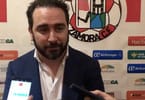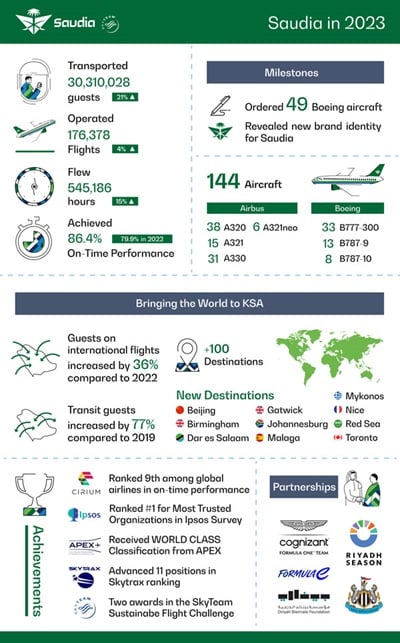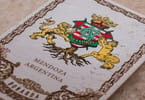The former head of the National Transportation Safety Board – the U.S. agency that’s investigating last Thursday’s crash of a Canadian-built commuter plane near Buffalo, N.Y. – says all similar twin-engine turboprops should be grounded, at least until the investigation is complete.
“I think the prudent thing to do … is ground the aircraft,” until the board investigation is finished, said Jim Hall, chair of the federal agency from 1994 through 2001.
Such investigations typically take from 18 months to two years, and Hall’s recommendation would cause havoc, since thousands of passenger turboprops are in service worldwide.
Hall said aircraft with turboprop engines fly at slower speeds than jets, making it easier for ice to accumulate. He was also critical of turboprop de-icing technology – air-filled rubber “boots” that expand and contract to dislodge ice, instead of the in-wing heaters used on jets to keep ice from forming.
Since the crash of Continental Connection 3407 killed 50 in the Buffalo suburb of Clarence last Thursday, icing has been mentioned as a potential cause, but accident investigators have not yet said so officially.
The aircraft, a 74-seat Bombardier Q400 turboprop built in Toronto and launched last April, is in service worldwide; 219 are in use by some 30 carriers, part of a global fleet of 880 Bombardier-built Q-series turboprops in use.
But there’s little chance Hall’s recommendation will be carried out, since the U.S. Federal Aviation Administration, which is responsible for the safety of civil aviation, is rejecting his advice.
“We don’t have any data right now that would lead us to ground this aircraft,” FAA spokesperson Laura Brown said.
“The FAA and the whole aviation industry has worked aggressively over the past 15 years to reduce accidents related to icing and those accidents have dropped significantly as a result of that work.
“The aircraft involved in the crash has a sophisticated ice detection and protection system that benefited from years of research and analysis about how aircraft operate and perform in icy conditions,” Brown said.
Toronto’s Porter Airlines exclusively uses the Q400 and yesterday Robert Deluce, the airline’s president and chief executive officer, praised the plane’s safety record and de-icing and anti-icing technology. “If (the safety board) had any concerns, or if the FAA or Transport Canada or Bombardier had any concerns about the aircraft, of any kind, it would have been grounded by now,” he said.
“But this does not sound like anything related to the aircraft. This sounds like it is related to some other issues that have yet to come out.”
Accident investigators have said Flight 3407, bound from Newark to Buffalo, pitched and rolled violently before plummeting several hundred metres into a house Thursday night, killing all 49 on board and a man in the house. One Canadian was killed in the crash. Yesterday more than 2,000 people attended a memorial in the U.S. for the victims.
Before the crash crews reported “significant icing,” on the wings and windshield of the plane.
On Sunday, the NTSB reported the plane was on autopilot seconds before it fell from the sky, potentially violating federal safety regulations and airline guidelines.
An FAA spokesperson said the plane was cleared to be on autopilot in light to moderate icing conditions. The plane’s de-icing system was on shortly after it departed Newark.
Hall said icing was a factor in the 1994 crash of the ATR-72 twin turboprop plane in Indiana.
William Voss, president of the Flight Safety Foundation, told the Star earlier that the plane involved in the 1994 crash was on autopilot prior to the crash, which could have exacerbated the situation.
The cause of Thursday’s crash has yet to be determined.
Hall said his concern isn’t with Bombardier, but with aircraft certification for specific flying conditions, such as those that produce icing.
“I have a great deal of respect for the Canadian aviation safety system as well as the manufacturer of this particular aircraft,” Hall said. “My concern is with the failure in the certification process in the United States in light of accidents involving aircrafts similarly designed, which was the ATR-72.”
The Q400 was not on the market until 2000 but Hall said the structural similarity still merits an investigation into the overall safety of twin-prop planes.
Bombardier spokesperson John Arnone said since the Q400 went into commercial operation in 2000 the planes currently in use have logged more than 1 million flying hours and 1.5 million take-off and landing cycles.
“The tragic crash near Buffalo represented the first fatalities in a Q400 aircraft,” he said.
Arnone said he was not aware of any previous incidents with icing.
He said it was unclear why Hall made the comment adding, “frankly it doesn’t change our priority as a company right now,” which is to support the investigation. Bombardier has dispatched a team of safety and technical experts to work with the safety board, he said.
WHAT TO TAKE AWAY FROM THIS ARTICLE:
- William Voss, president of the Flight Safety Foundation, told the Star earlier that the plane involved in the 1994 crash was on autopilot prior to the crash, which could have exacerbated the situation.
- “My concern is with the failure in the certification process in the United States in light of accidents involving aircrafts similarly designed, which was the ATR-72.
- Since the crash of Continental Connection 3407 killed 50 in the Buffalo suburb of Clarence last Thursday, icing has been mentioned as a potential cause, but accident investigators have not yet said so officially.






















